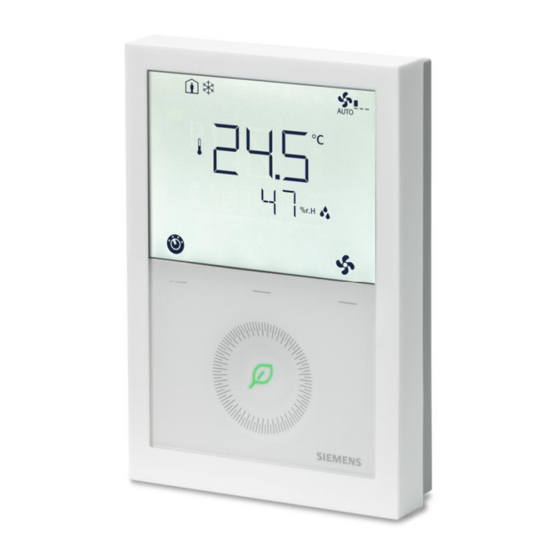
Siemens RDG200KN Basic Documentation
Room thermostats with knx communications
Hide thumbs
Also See for RDG200KN:
- Mounting instructions (2 pages) ,
- Basic documentation (180 pages) ,
- Operating instructions (2 pages)














Need help?
Do you have a question about the RDG200KN and is the answer not in the manual?
Questions and answers